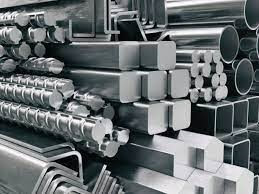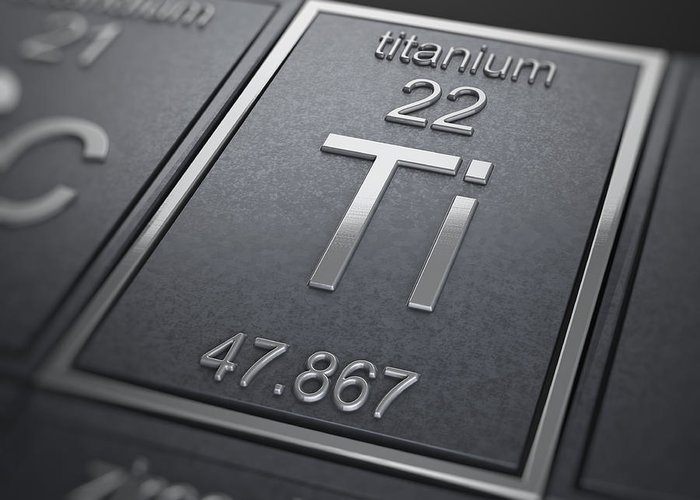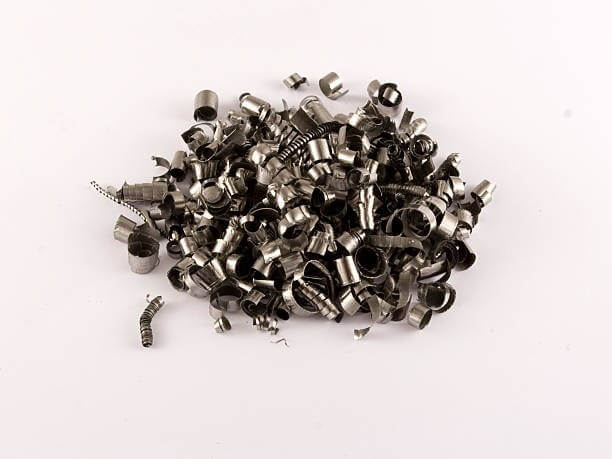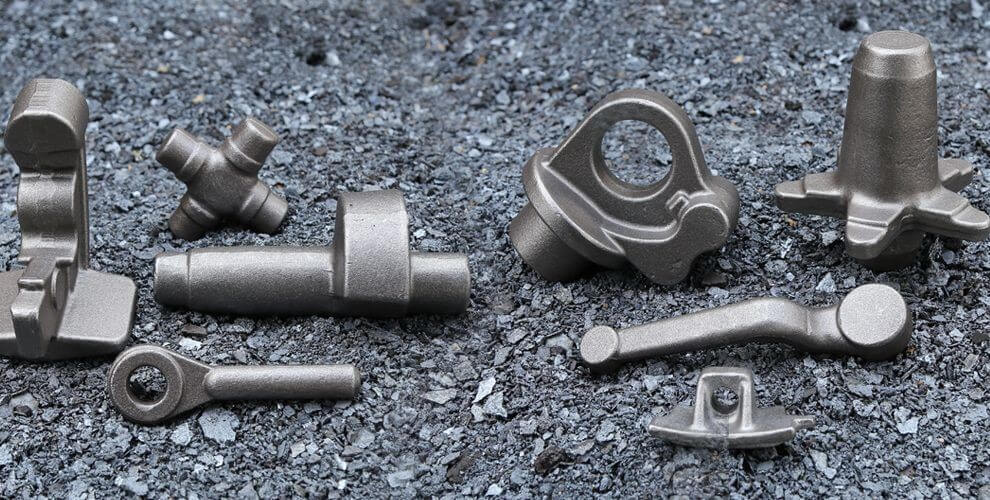Differences Between Steel and Titanium
Steel and titanium are commonly used metals in manufacturing due to their superior strength, hardness, and other physical and mechanical properties. Let’s briefly delve into the details of each.
1.What is steel?

Steel is an alloy of iron and carbon, with carbon content ranging from 0.2% to 2.1% by weight. While iron and carbon are the main components, small amounts of other elements such as manganese, silicon, and phosphorus may also be present. There are many types of steel, which are classified based on carbon content, alloying elements, and heat treatment processes. These include mild steel, stainless steel, and high-strength low-alloy steel, among others.
Steel is known for its strength, durability, and versatility, which makes it suitable for a wide range of applications. Its uses range from construction and automobiles to tools and cutlery.
2.What is titanium?
Titanium is a chemical element with the symbol Ti and atomic number 22. It is a shiny transition metal with silver color, low density and high strength. While it is as strong as steel, it is much less dense, making it the metal of choice in applications where strength-to-weight ratio is critical.
In its unalloyed state, titanium is as strong as some steels but less dense. When alloyed with other elements such as aluminum and vanadium, its strength can be significantly increased. The main uses are in aerospace (aircraft, spacecraft and missiles) and industrial applications because it is lightweight, strong and resistant to corrosion even at high temperatures.

3.Performance comparison
①Strength and Weight: A Comparison
In general, steel is known for its superior strength and is generally heavier than titanium.
Titanium, on the other hand, has the highest strength-to-density ratio of any metallic element. This means that while it may not be as strong as some types of steel, it is much lighter, making it an excellent choice for applications where weight is critical, such as the aerospace industry.
②Corrosion Resistance: A Key Difference
One area where titanium really outshines steel is in its corrosion resistance. While some types of steel, such as stainless steel, have good corrosion resistance, they can’t compare to titanium. Titanium forms a layer of titanium dioxide on its surface that protects the metal underneath from a variety of corrosive environments. This makes it an excellent choice for applications such as marine hardware, chemical processing plants, and medical implants.

③Comparison of Physical, Mechanical, and Chemical Properties
Understanding the physical, mechanical, and chemical properties of steel and titanium is essential when choosing the most appropriate material for a particular application. These properties determine how each material behaves under different conditions.
- Physical properties: Physical properties involve the material in its purest state and its response to changes in temperature, pressure, and volume. Key physical properties include density, melting point, and thermal conductivity
- Mechanical properties: Mechanical properties determine how a material responds to forces applied to it. These properties include strength, ductility, and hardness.
- Chemical properties: The chemical properties of a material describe how it reacts with other substances. The most relevant chemical property of steel and titanium is their corrosion resistance.
4.Conclusion
Both materials have their own unique properties, advantages, and disadvantages. Steel is generally cheaper and stronger, and has a solid position in the infrastructure and automotive industries. Titanium, while expensive, has unparalleled lightness, strength, and corrosion resistance, making it a top choice for aerospace, medical implants, and sporting goods.
